On May 8, 2025, the night sky over Jammu, India, lit up with red flares as air-defense systems engaged drones from Pakistan, marking a significant escalation in the use of unmanned aerial vehicles (UAVs) between the two nations. This clash, detailed in a Reuters report, underscores a growing arms race in Drone Technology, with both Countries leveraging UAVs to apply military pressure while avoiding large-scale conflict.
Escalation Through Drone Deployment
The recent conflict saw India and Pakistan deploy drones extensively for the first time in their decades-long rivalry. On May 7, India launched air strikes on what it called “terrorist infrastructure” in Pakistan, following an attack in Kashmir that killed 26 people. Pakistan retaliated by sending drones along a 1,700-kilometer (1,056-mile) front, targeting 36 locations to probe Indian defenses, according to Indian officials.
Pakistan utilized Turkish-origin YiHA-III and Asisguard Songar drones, alongside the domestically produced Shahpar-II UAV by Global Industrial & Defence Solutions. India countered with Israeli Harop and Polish Warmate UAVs, alongside locally developed drones, to strike Pakistani targets.
Both nations used Cold War-era anti-aircraft guns, such as those from India’s state-run Bharat Electronics, to neutralize the drone swarms. However, these systems, not designed for modern drone warfare, proved surprisingly effective. “Ten times better than what I’d expected,” said retired Indian Brig. Anshuman Narang, now a UAV expert at Delhi’s Centre for Joint Warfare Studies, highlighting the unexpected resilience of legacy systems against modern threats.

Technological and Strategic Shifts
Drones have shifted the tactical landscape for India and Pakistan, enabling precise strikes without risking personnel. “UAVs allow leaders to demonstrate resolve, achieve visible effects, and manage domestic expectations—all without exposing expensive aircraft or pilots to danger,” said Walter Ladwig III, a political scientist at King’s College London. This capability is critical in a region where escalation can spiral rapidly, especially given the nuclear capabilities of both nations.
India’s drone program emphasizes domestic development, with plans to invest $470 million over the next 12 to 24 months to bolster its UAV fleet. Firms like ideaForge, which has supplied over 2,000 UAVs to Indian forces, are focusing on reducing vulnerability to electronic warfare.
However, India faces supply chain challenges, relying heavily on China for magnets and lithium used in UAV batteries. “Diversification of the supply chain is a medium to long term problem,” said Smit Shah of Drone Federation India. “You can’t solve it in short term.”
Pakistan, meanwhile, is deepening ties with China and Turkey to advance its drone capabilities. Islamabad collaborates with Baykar and the National Aerospace Science and Technology Park to assemble YiHA-III drones locally, aiming to produce units domestically within days, a Pakistani source revealed.
Implications for Drone Operations
The reliance on UAVs introduces new operational dynamics. Pakistan deployed decoy radars to lure India’s Harop drones, waiting for their flight time to end so they fell below 3,000 feet (914 meters) for easier targeting. India’s use of loitering munitions like the Harop—designed to stay over a target before crashing and detonating—proved effective for precision strikes but exposed vulnerabilities to electronic countermeasures.
Economically, drones offer a cost-effective alternative to traditional fighter jets. “We’re talking about relatively cheap technology,” said Washington-based South Asia expert Michael Kugelman. “And while UAVs don’t have the shock and awe effect of missiles and fighter jets, they can still convey a sense of power and purpose for those that launch them.” With India’s Rafale jets outnumbering Pakistan’s Chinese-made J-10 fighters (36 versus 20), UAVs provide a scalable, less resource-intensive option for both nations.
This drone race signals a broader trend in aerial warfare, where affordable, scalable technology reshapes military strategy, offering drone professionals and enthusiasts a glimpse into the future of conflict.
Photos courtesy of X.
Discover more from DroneXL.co
Subscribe to get the latest posts sent to your email.

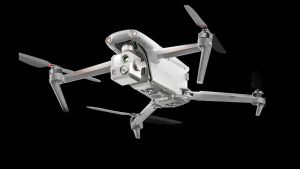


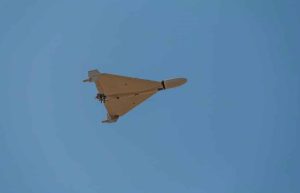

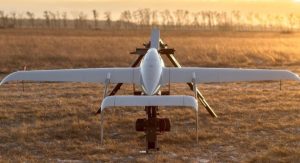
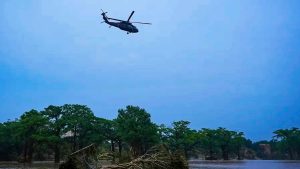


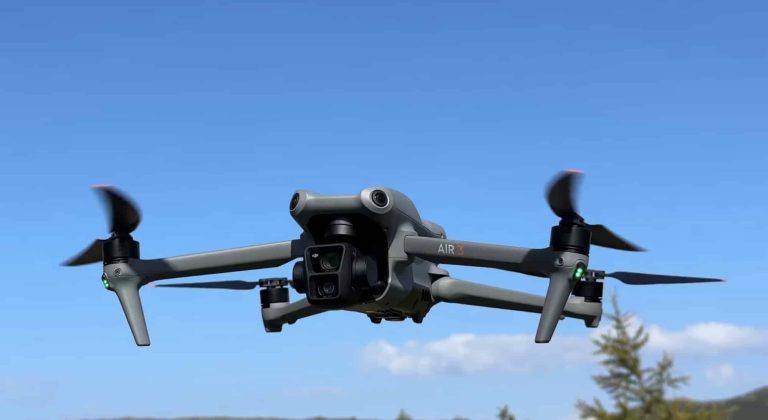
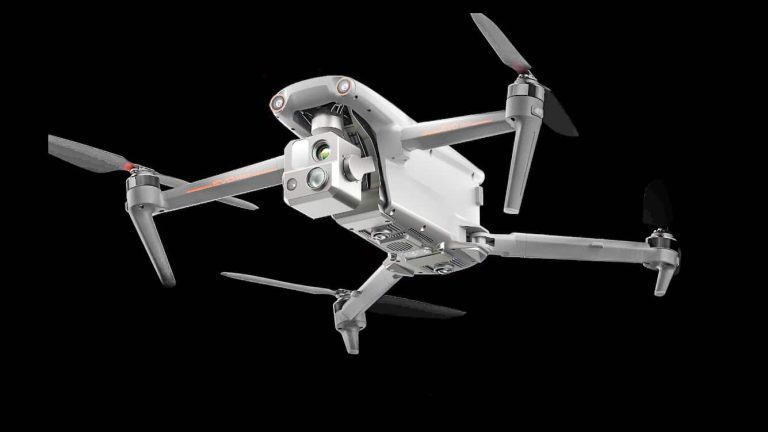
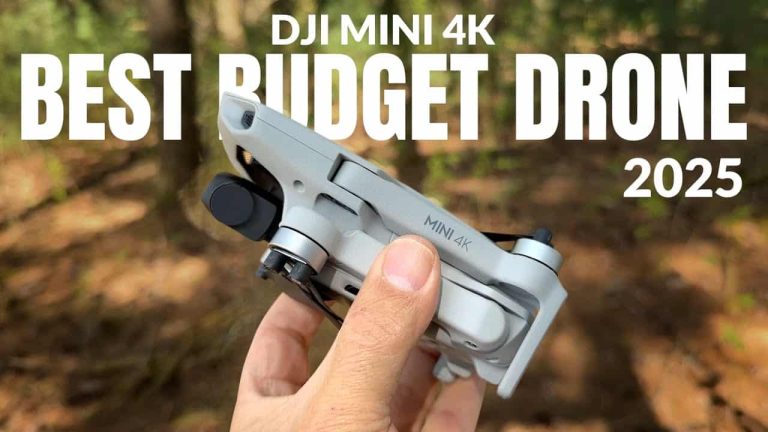
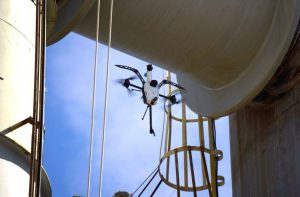

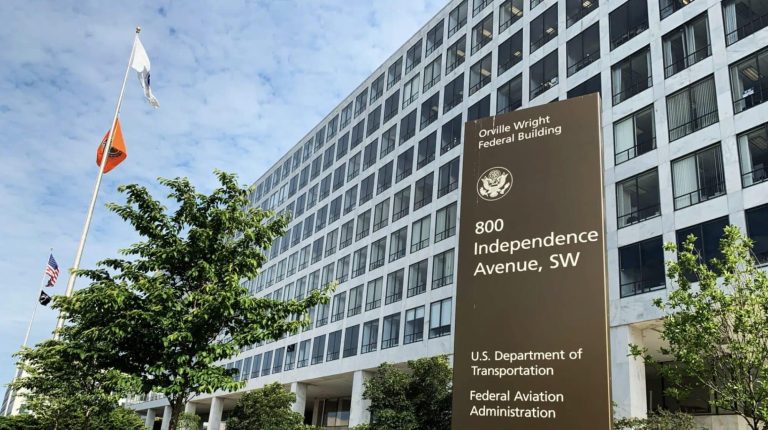
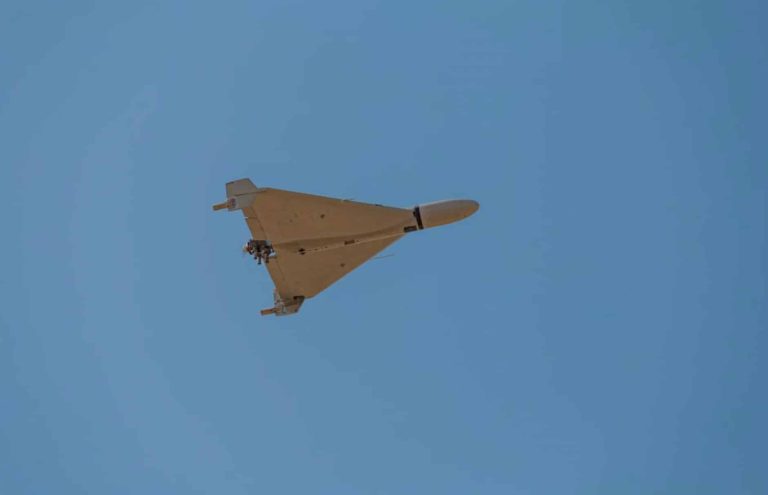

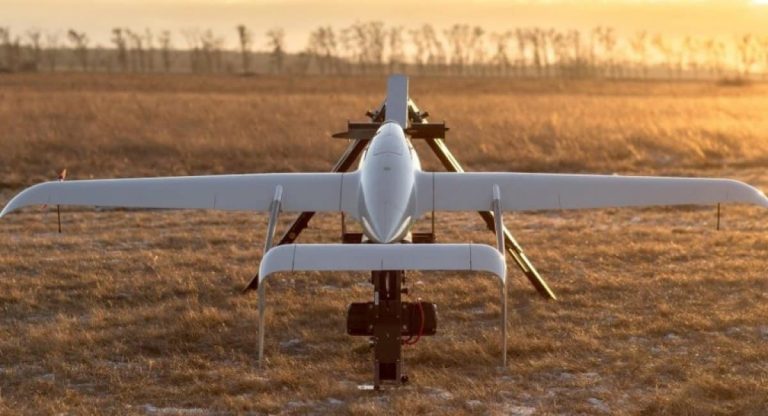
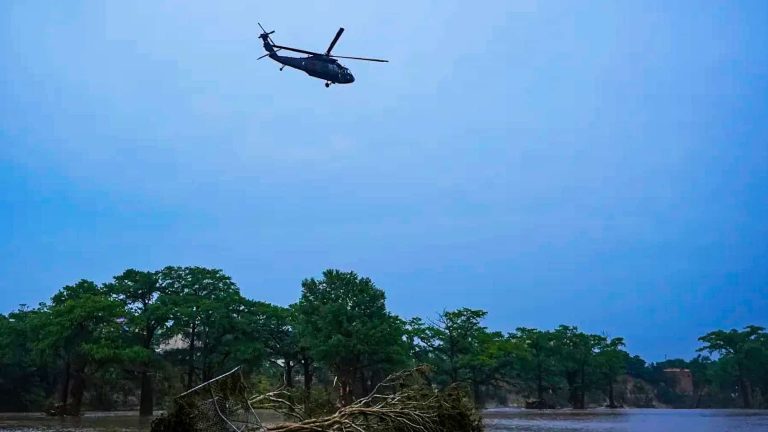
+ There are no comments
Add yours